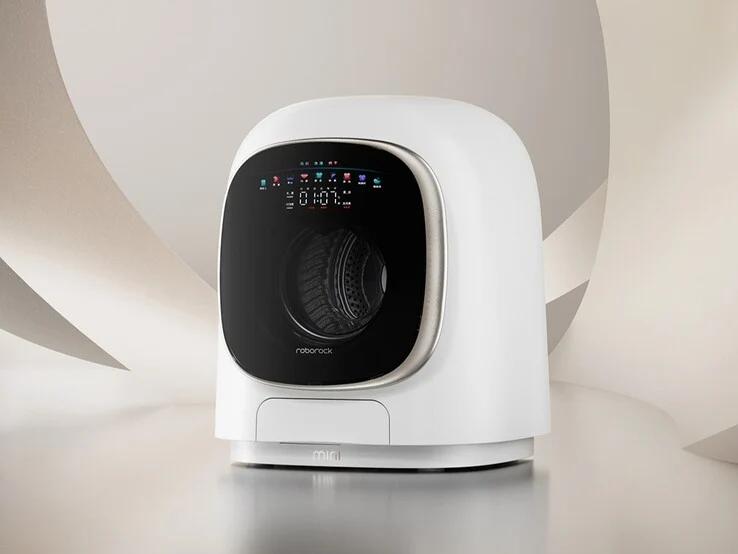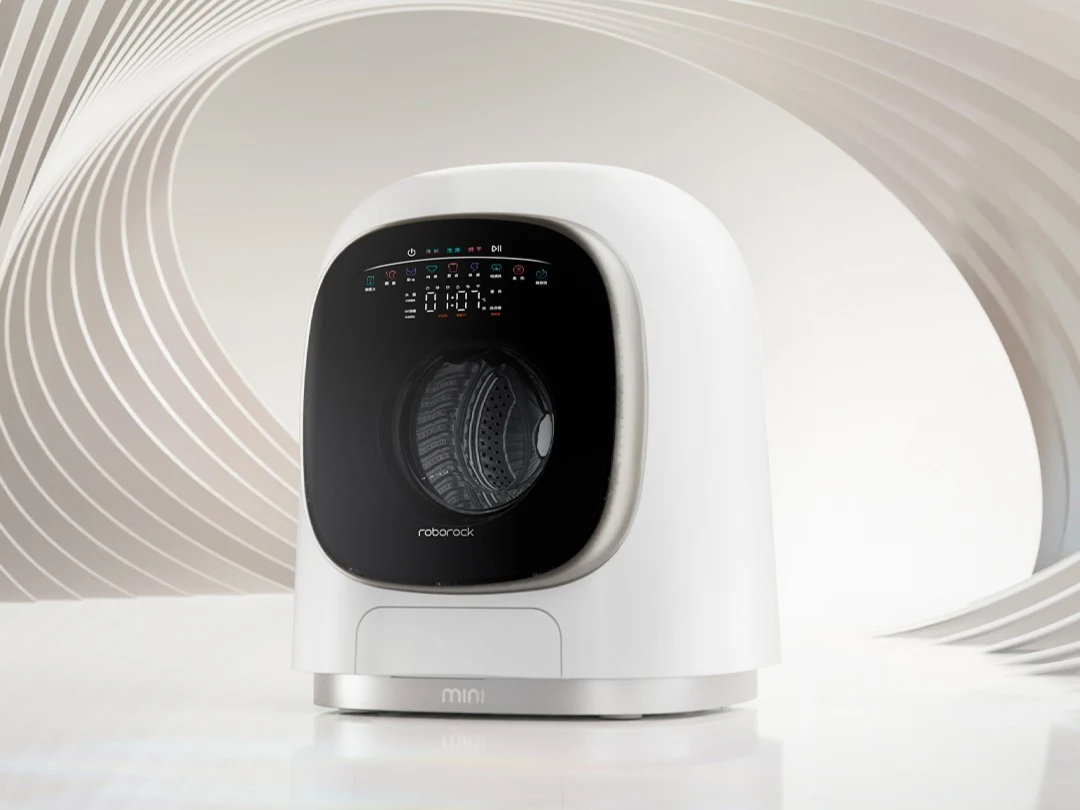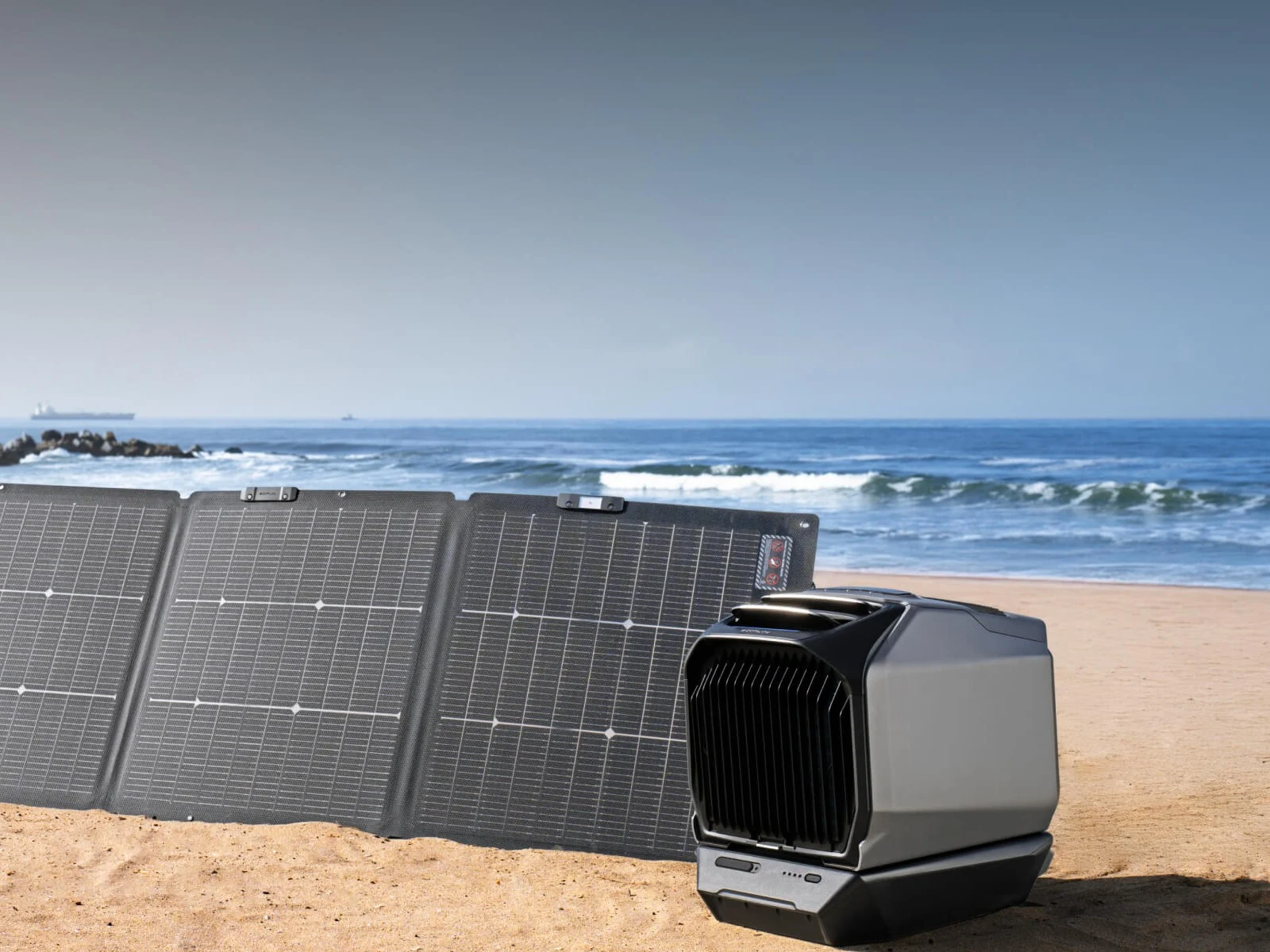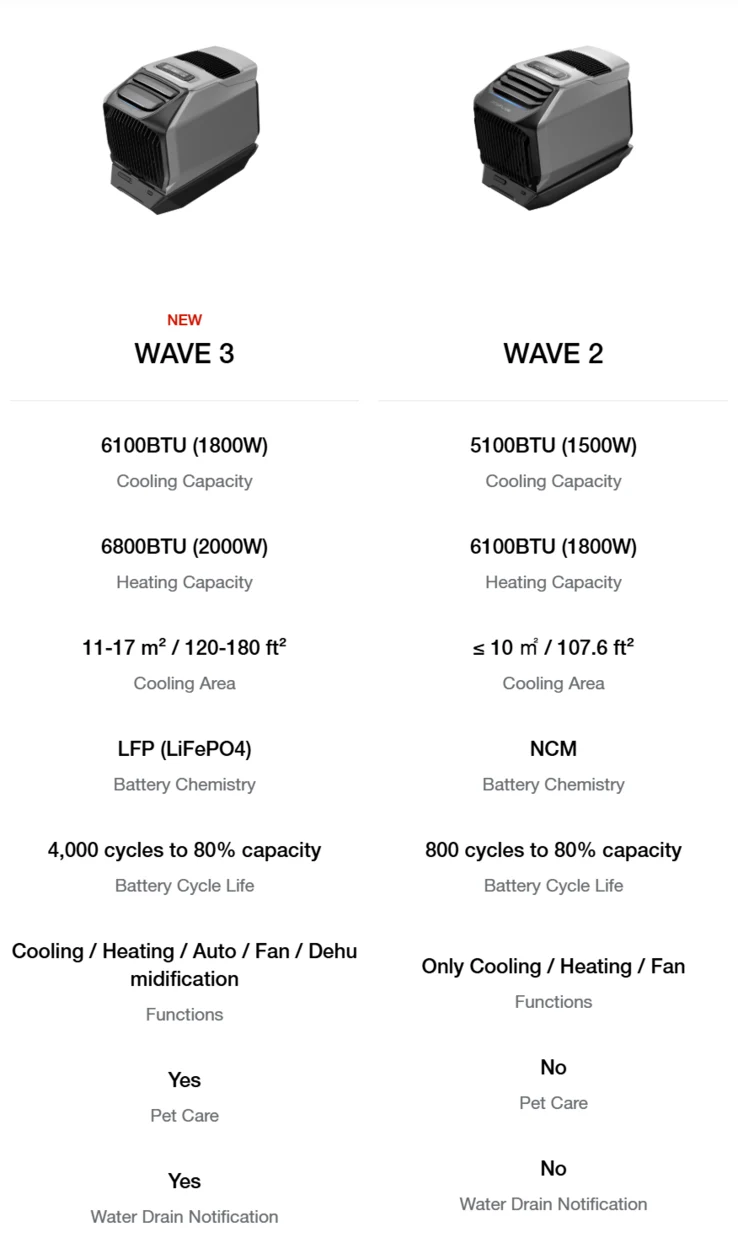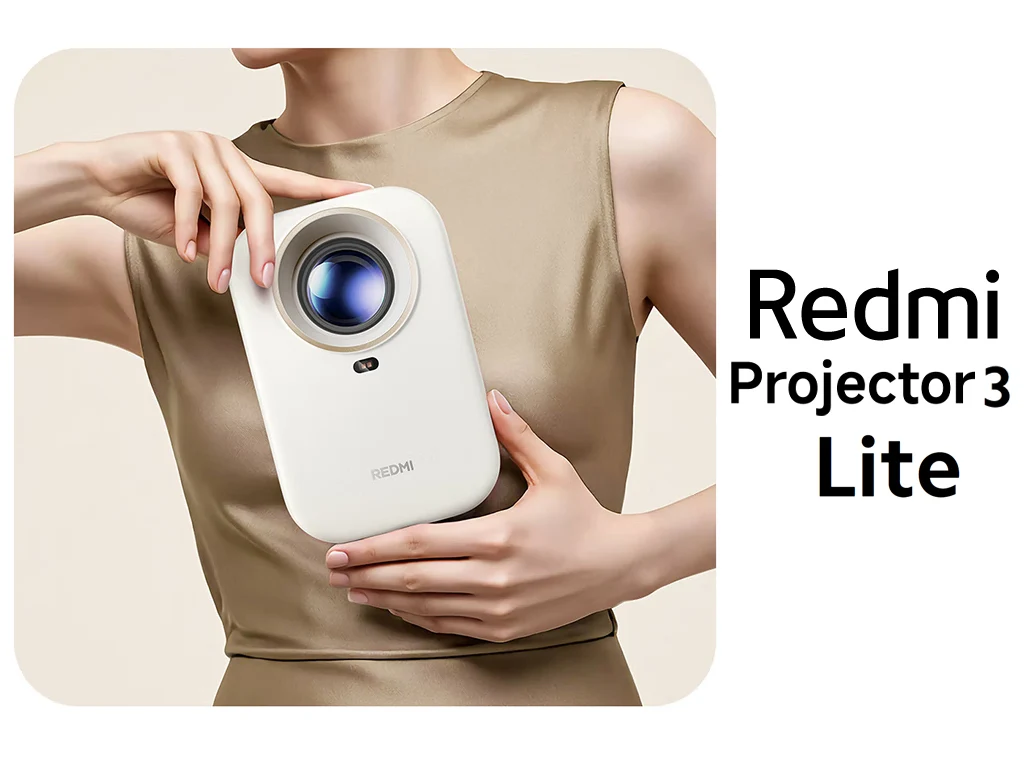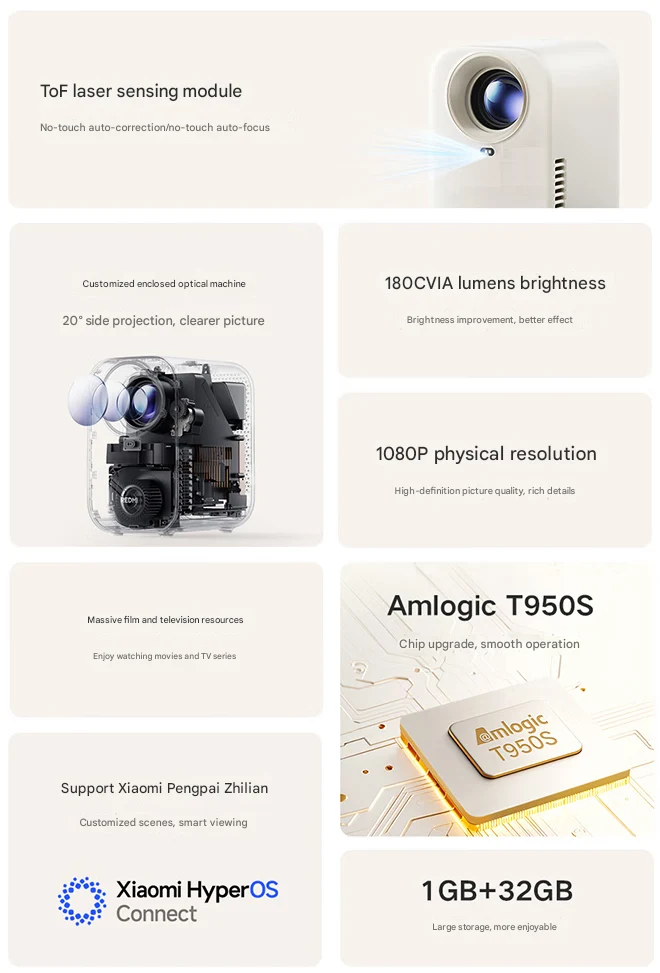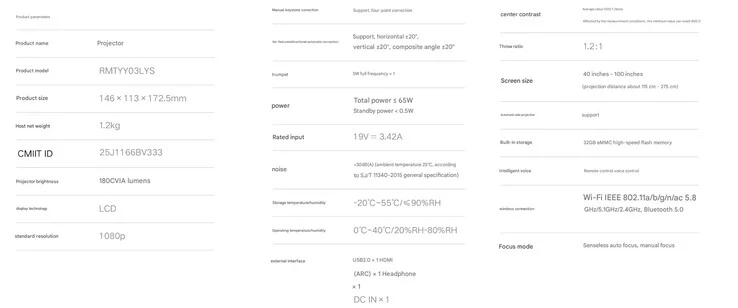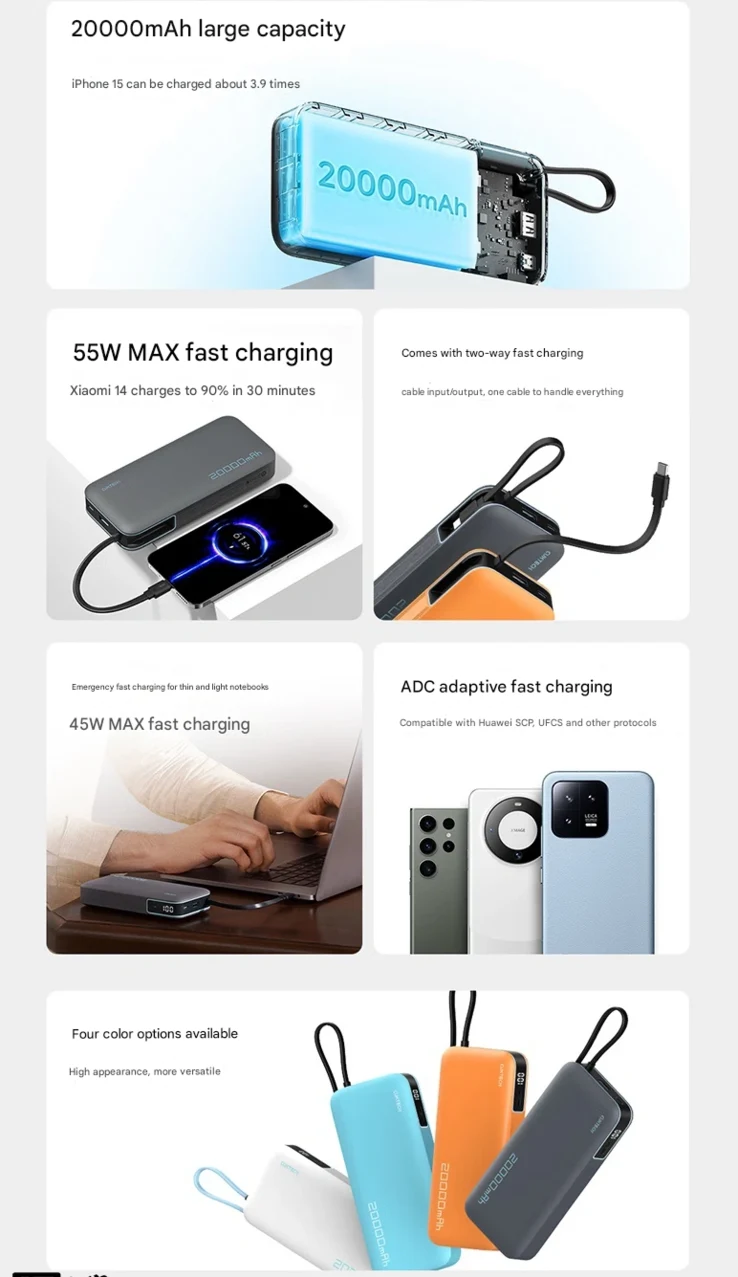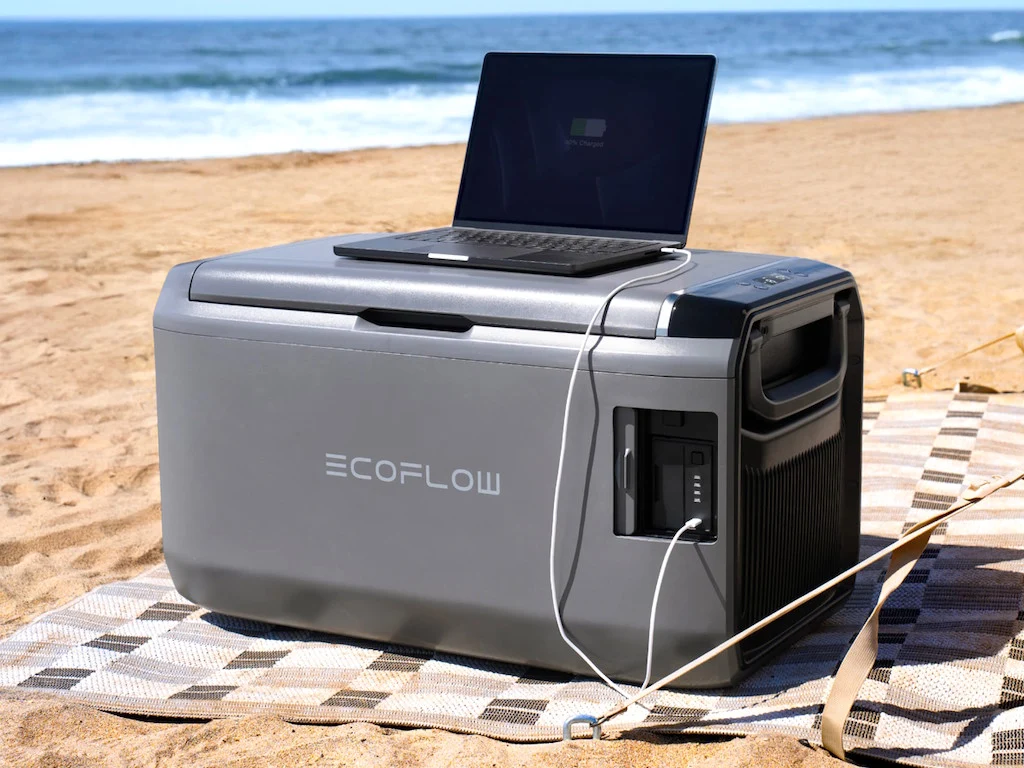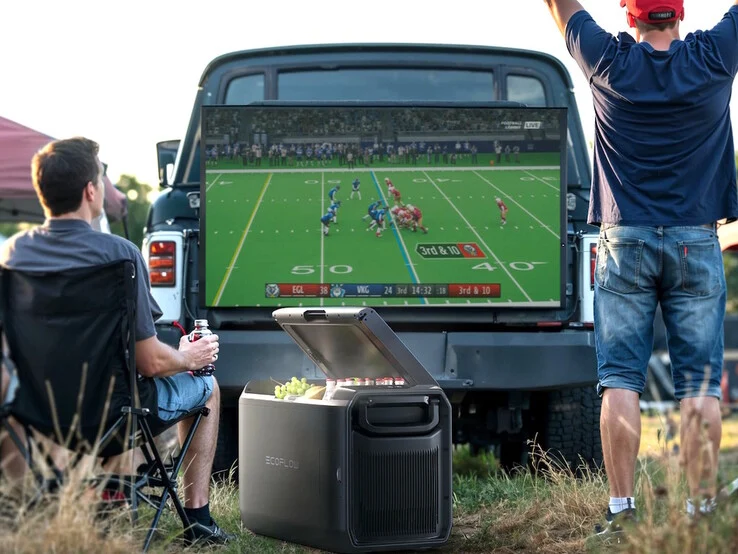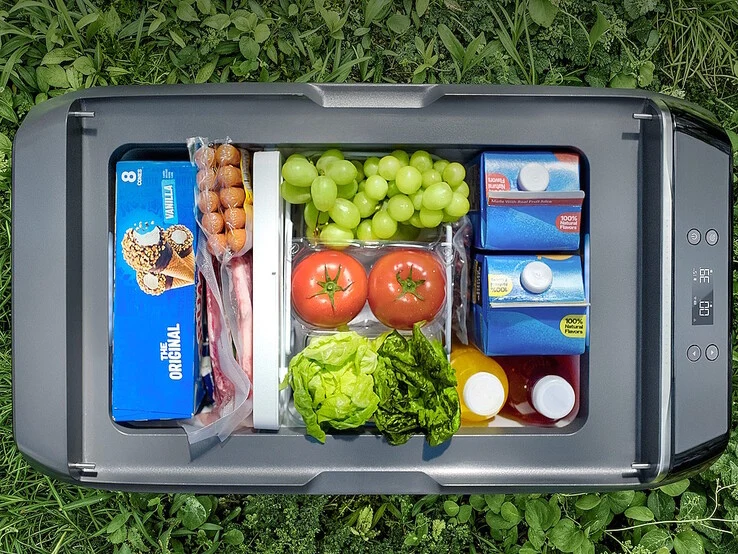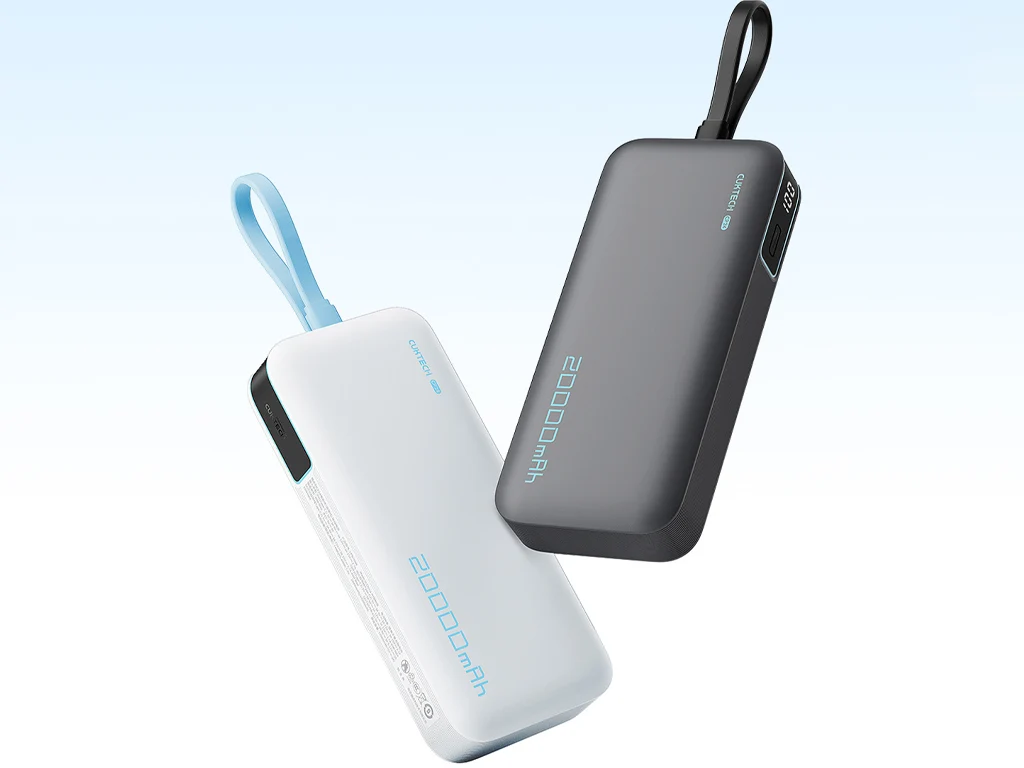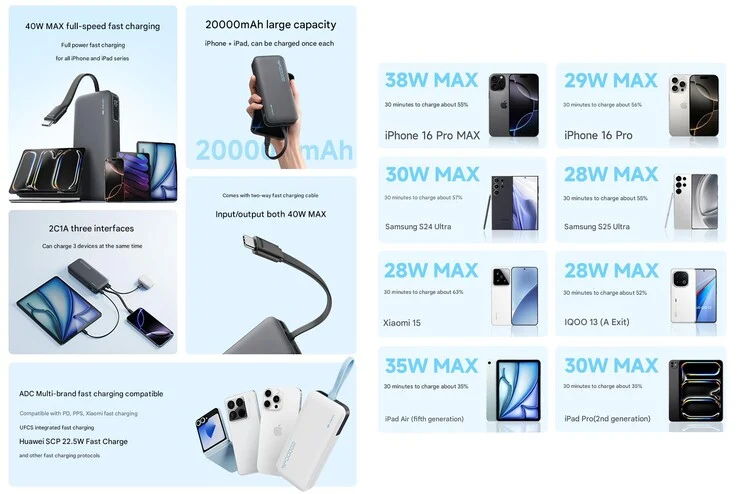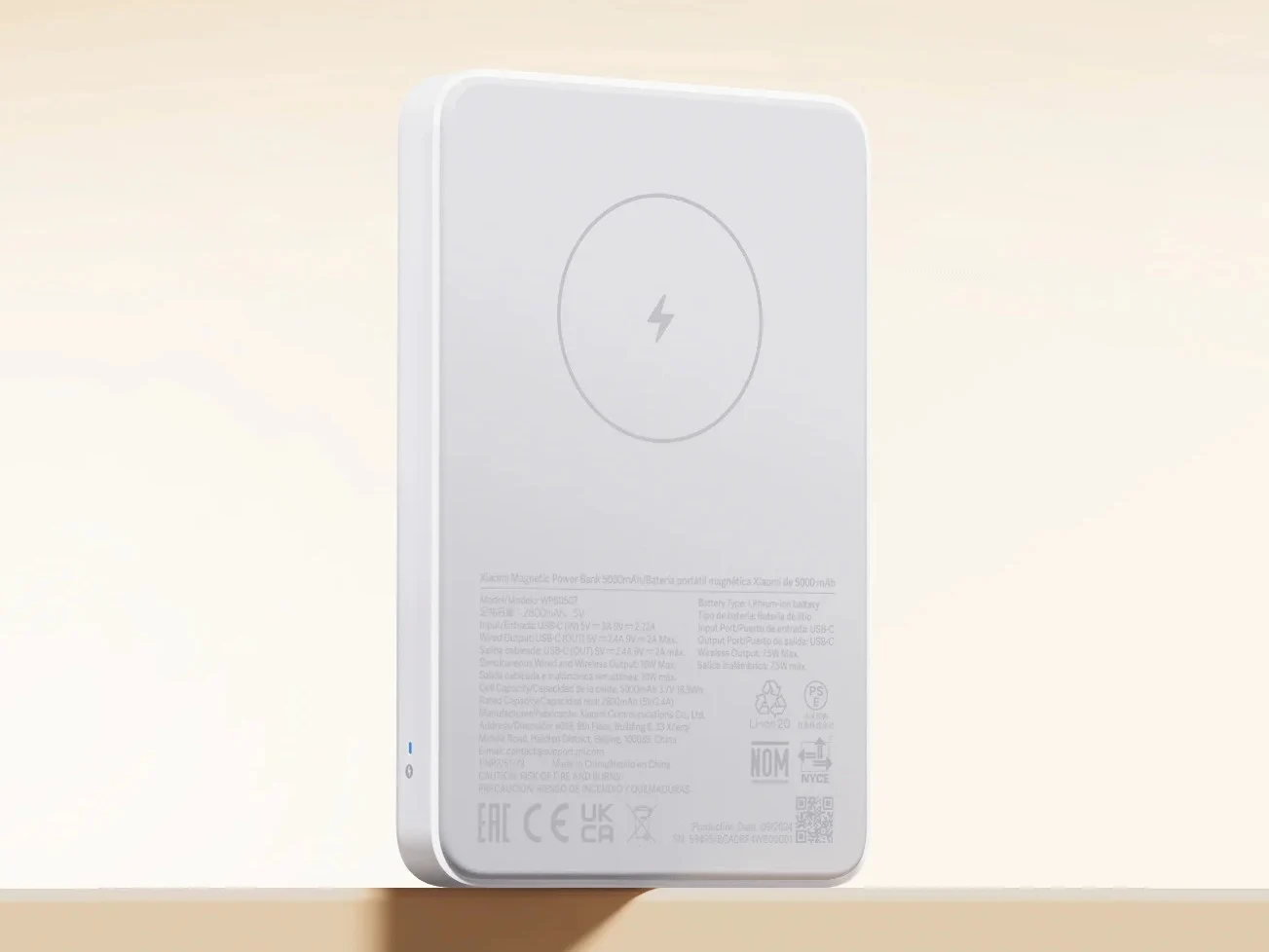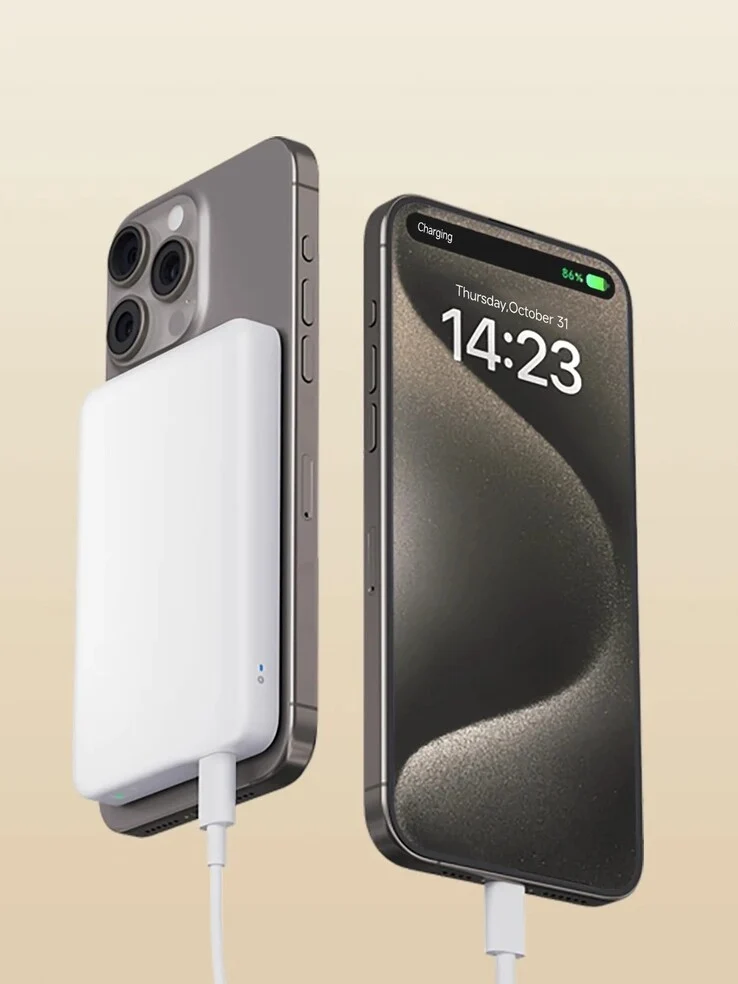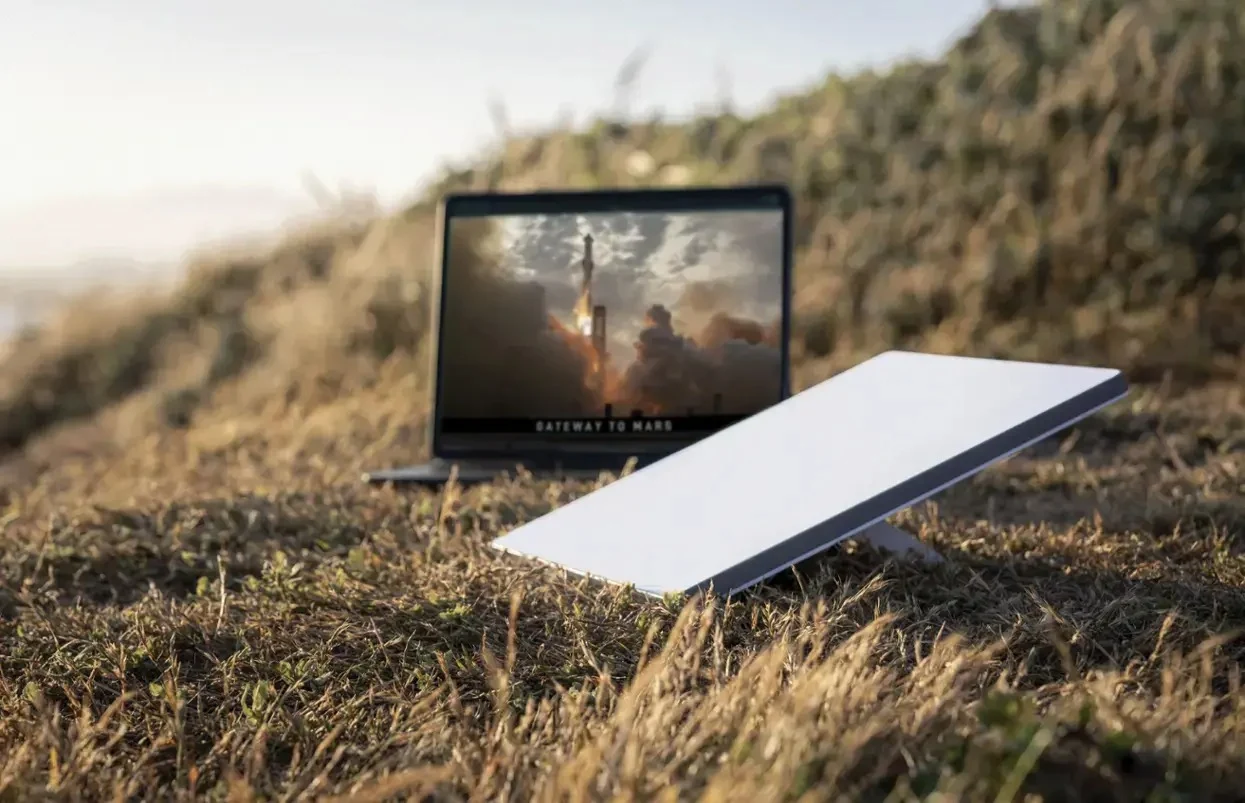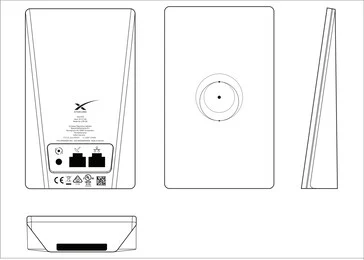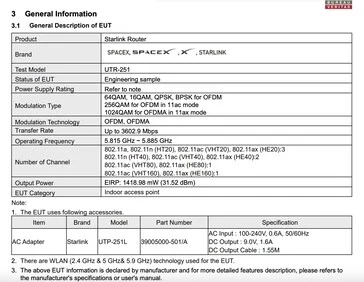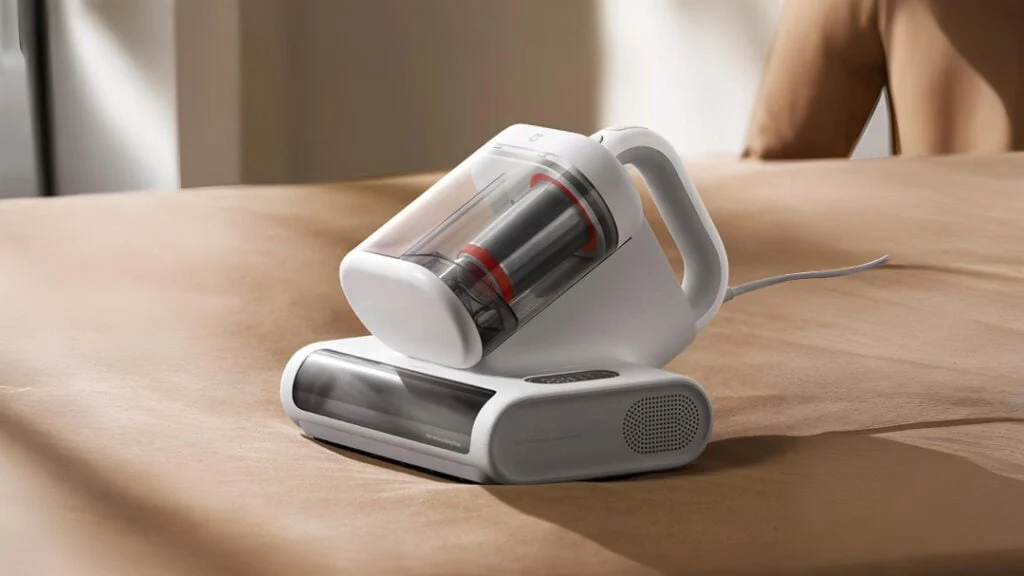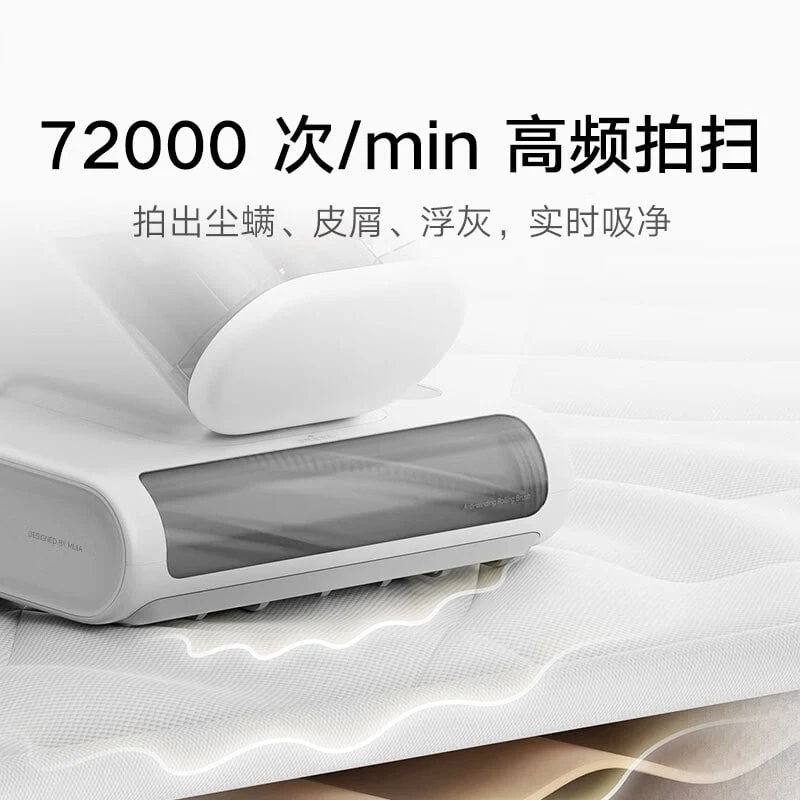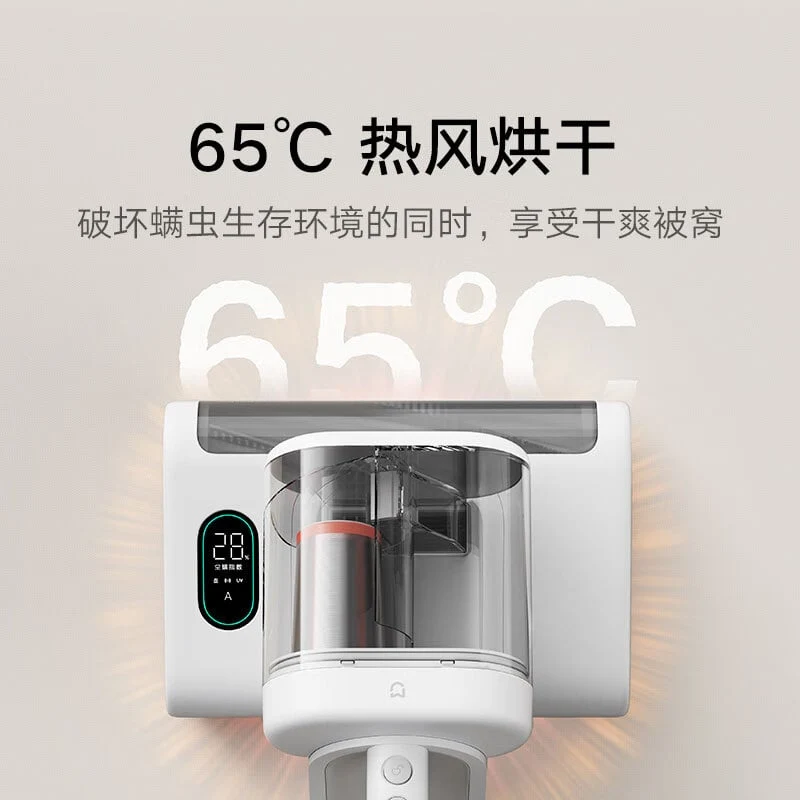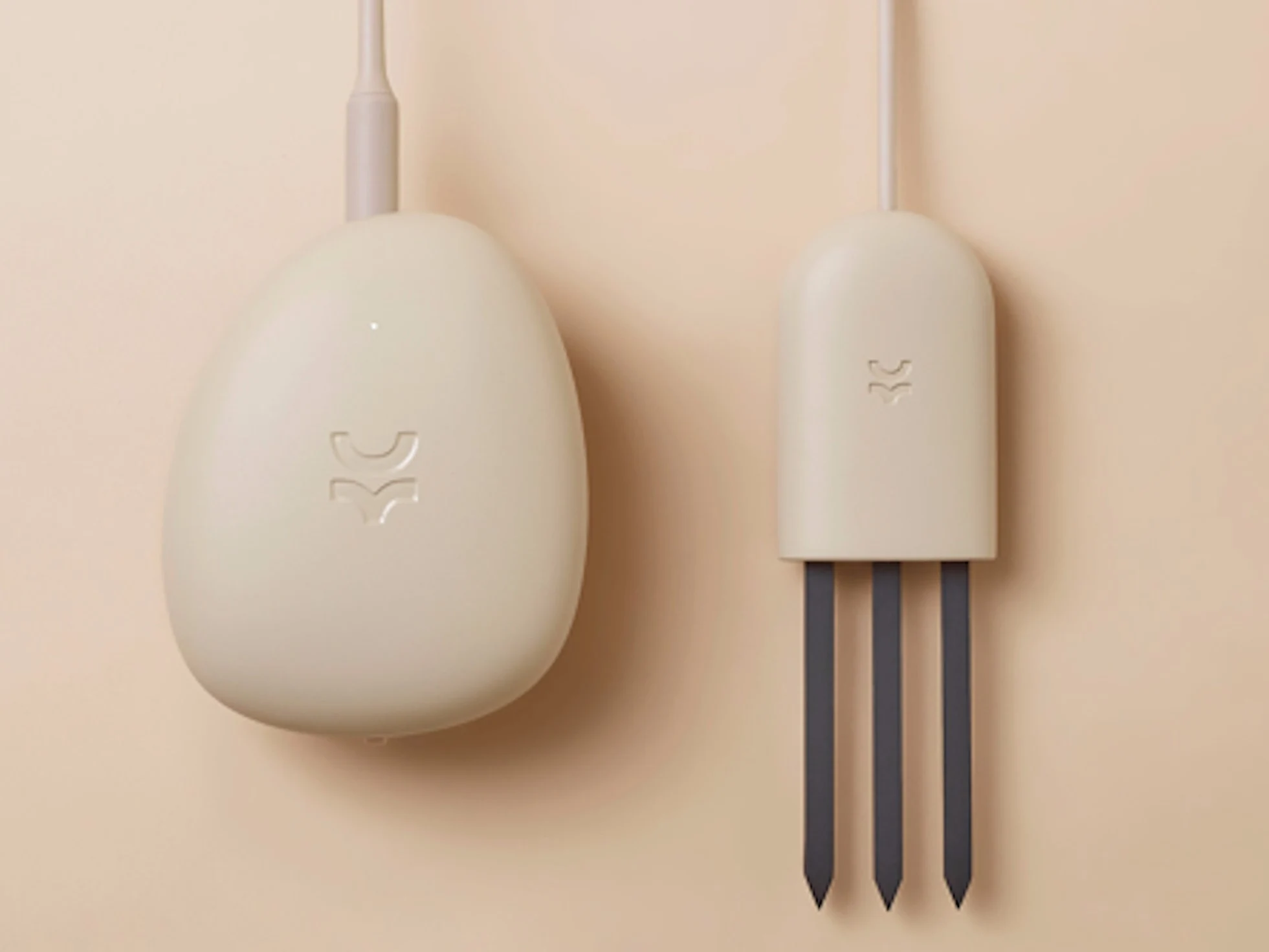Key Takeaways
1. Roborock has launched two compact washer-dryer models in China: M1S and M1S Pure.
2. Both models can wash up to 1.2 kg and dry up to 0.5 kg of laundry, making them suitable for small spaces.
3. Key features include automatic detergent dispensing, FineFoam technology, and a sterilization rate of 99.99%.
4. The M1S offers ZeoCycle low-temperature drying, while the M1S Pure has standard drying technology.
5. Pricing is CNY 2,499 (about $342) for M1S and CNY 1,999 (around $274) for M1S Pure, with uncertain availability in regions outside China.
Roborock has introduced two compact washer-dryer models in China, known as the M1S and M1S Pure. Each machine in the M1S series is capable of washing loads of up to 1.2 kg (approximately 2.6 lbs) and can dry loads weighing up to 0.5 kg (around 1.1 lbs).
Key Features
The Roborock M1S and M1S Pure come with several advanced features, including automatic detergent dispensing and the brand’s FineFoam technology, which aims to enhance washing speed and efficiency. As stated in the product descriptions, these machines achieve a sterilization rate of 99.99% and are effective in eliminating 99% of allergens. They also help minimize wrinkles by drying garments at temperatures reaching 95°C (about 203°F).
Comparison of Models
The primary distinction between the more affordable M1S Pure and the M1S lies in the drying technology, where the M1S boasts ZeoCycle low-temperature drying, which is designed to be gentler on fabrics. Both models from the M1S series can be controlled remotely using the Roborock app and are designed to fit small spaces, with dimensions of 428 x 512 x 489 mm (approximately 16.9 x 20.2 x 19.3 inches).
Pricing and Availability
In China, the Roborock M1S is priced at CNY 2,499 (around $342), while the M1S Pure costs CNY 1,999 (roughly $274). It remains uncertain if or when these smart appliances will be available in other regions, like Europe. If they do launch, they would complement the earlier released Roborock Zeo Mini smart washer-dryer in that market this year.
Source:
Link
